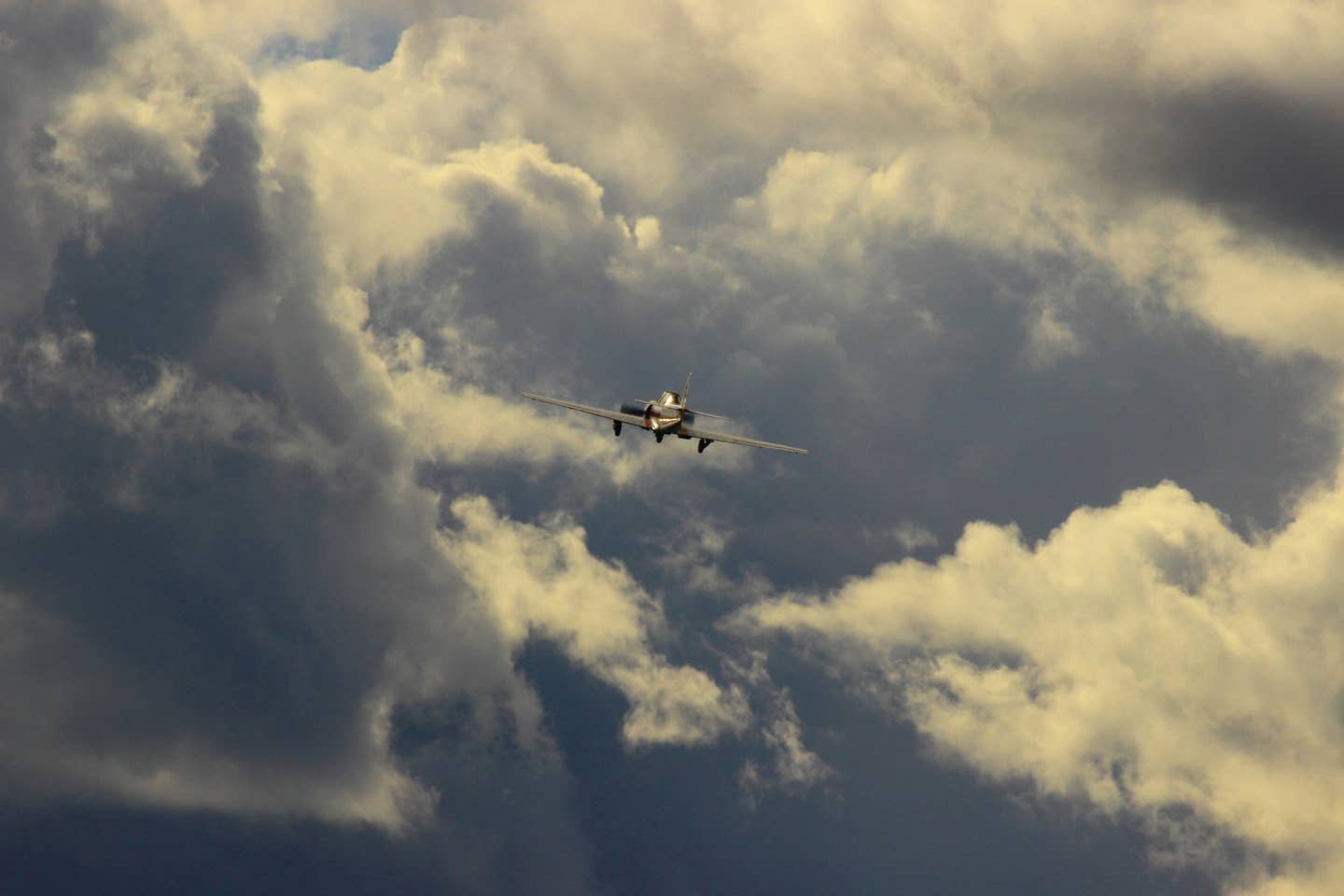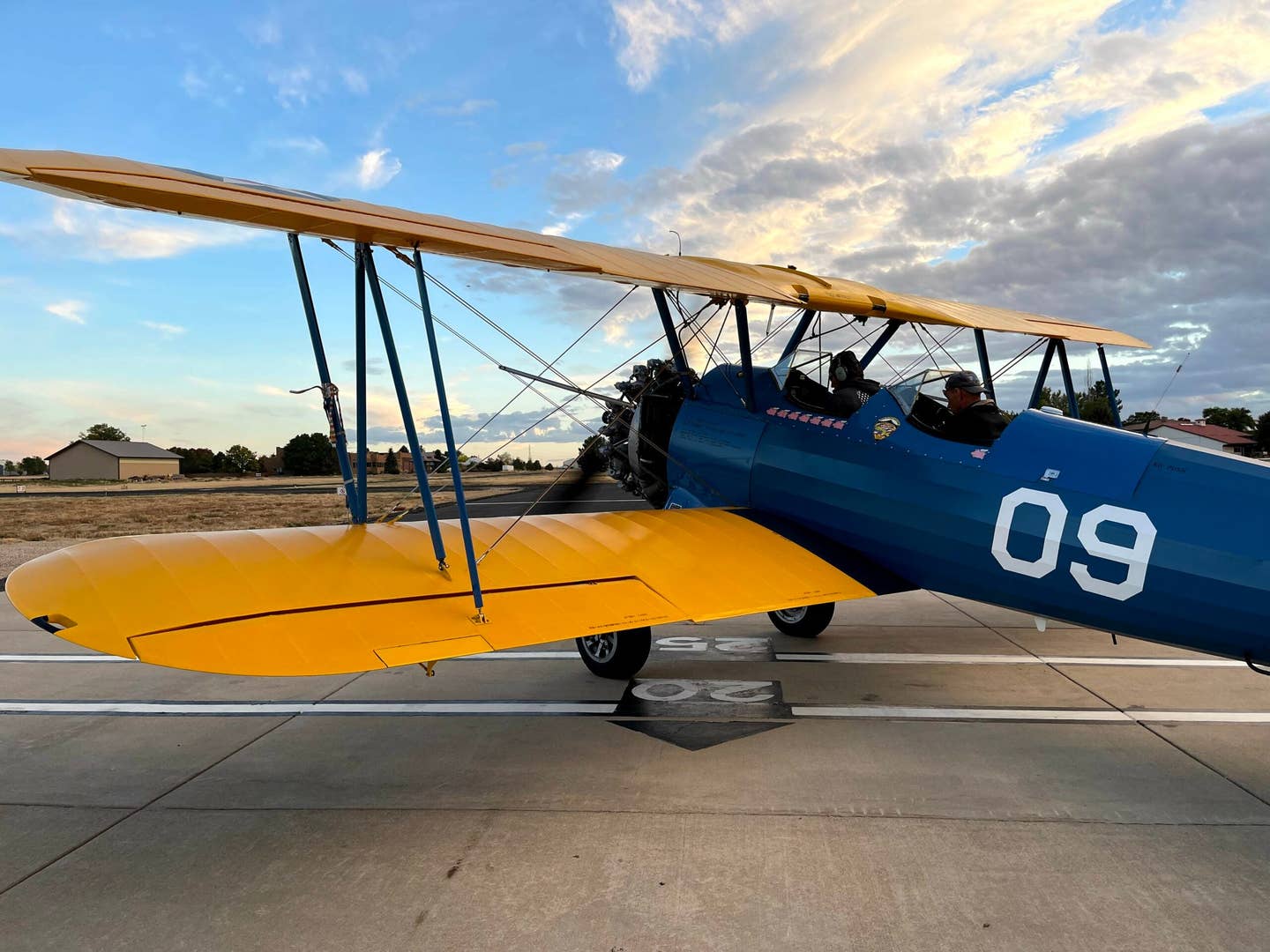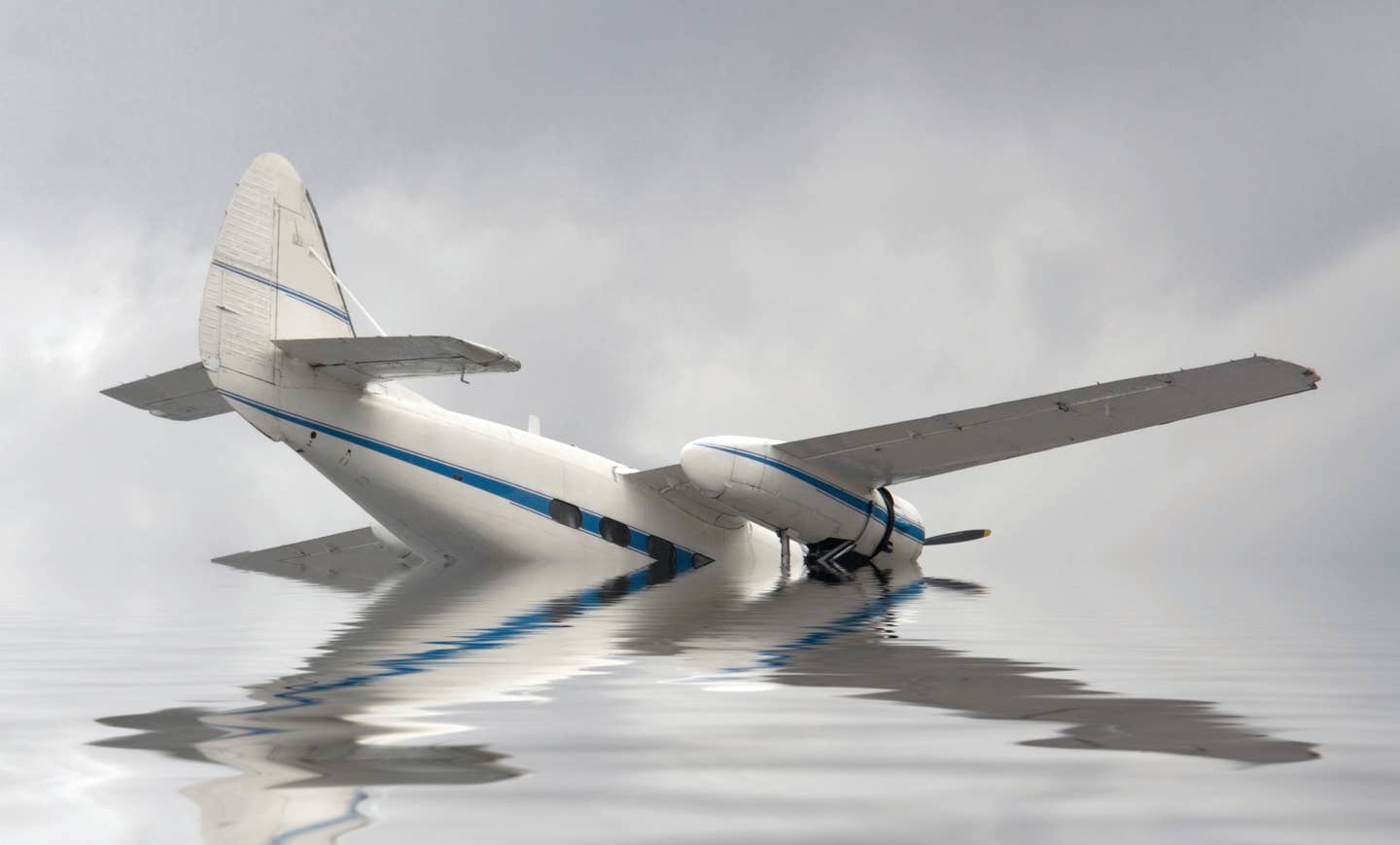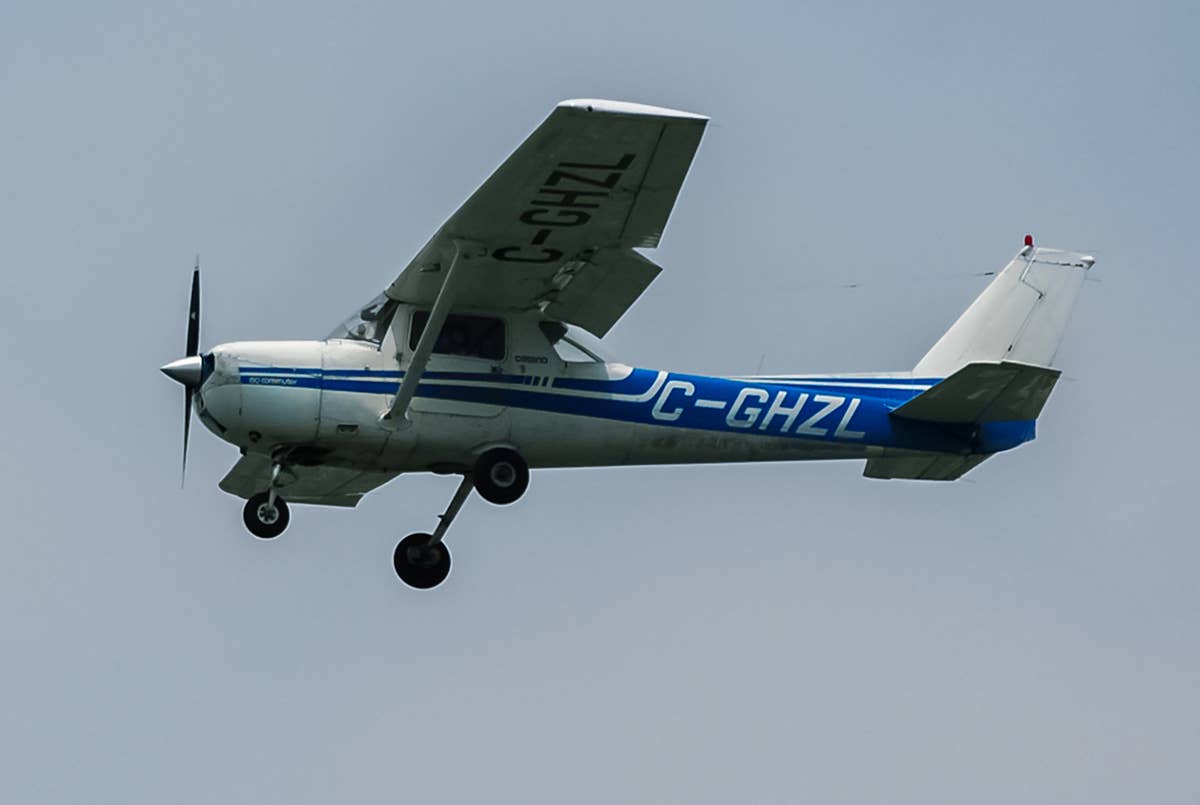Chart Wise: Spirit of St. Louis ILS 26L
It’s a straightforward approach, whether you’re just getting your ticket, or you’re an old hand.
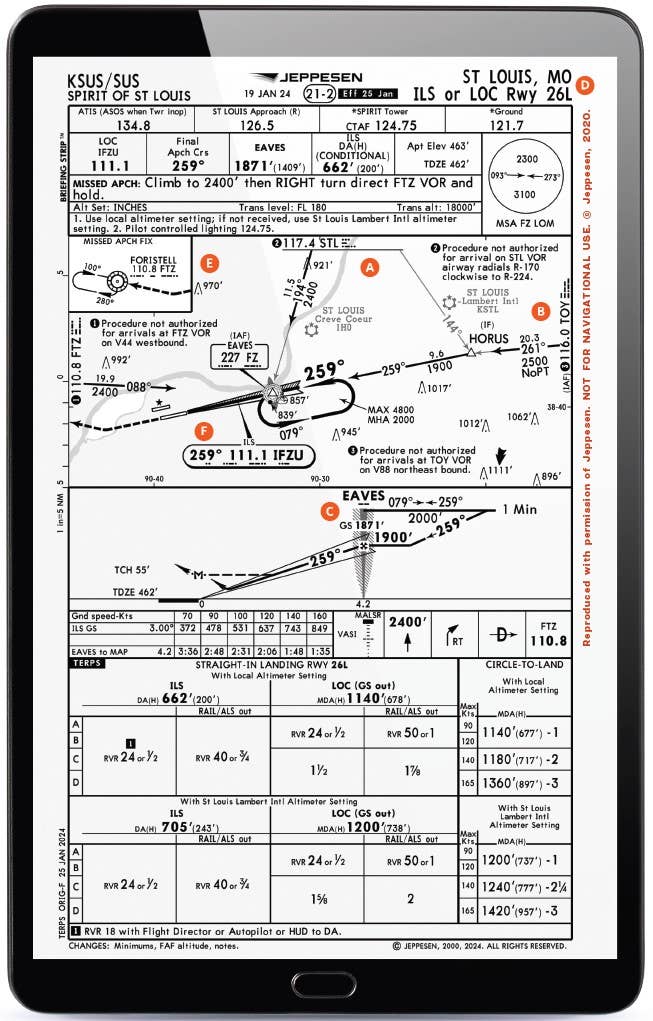
Here’s a step-by-step look at the approach to Spirit of St. Louis Airport (KSUS). [Image: Jeppesen]
The “Gateway to the West,” St. Louis proper has a big “middle of the country busy” airport that many pilots might choose to avoid—St. Louis Lambert International (KSTL). However, the Spirit of St. Louis Airport (KSUS) just to the west of town offers a good alternative for a trip to this vibrant city with its co-conspiring jazz and barbecue scenes.
If you're not already a subscriber, what are you waiting for? Subscribe today to get the issue as soon as it is released in either Print or Digital formats.
Subscribe NowA) Two Radials Depicted
From the STL VOR, there are two radials depicted that intersect with the final approach path—the R-144 and the R-194. But only the R-194 radial has the heavy line denoting it is a feeder route. A pilot seeking to establish onto this approach using the STL VOR as a transition point would need to follow the R-194 to the EAVES intersection and then conduct a course reversal using the depicted hold to establish onto the inbound approach segment.
- READ MORE: Chart Wise: New Orleans VOR DME 36L (KNEW)
B) Using TOY VOR
There is, however, another way for an aircraft that might be approaching from an easterly direction, using the TOY VOR. Transitioning from the TOY VOR is also a heavy line radial along the R-261 and notes that no procedure turn would be needed (NoPT). In this case, the pilot would expect to intersect the final approach path at the HORUS intersection, also identified by the R-144 radial crossing from the STL VOR, and make a slight turn from 261 degrees to the inbound ILS course of 259 degrees. Be sure to switch the navigation source from the TOY VOR to the I-FZU localizer frequency when you make this transition.
C) FAF Identification
No DME is offered for this approach, but you could use an IFR GPS to help with identification of the final approach fix waypoint at the EAVES LOM. You could also identify this using the R-194 radial crossing from the STL VOR, using an ADF tuned to the NDB station of 227 if you still have one that works, or you can use your audio panel to identify passage of the outer marker beacon. Remember that the flashing blue light on your audio panel will illuminate when you are passing this point, and, don’t forget, you can activate the audio to listen to passage of this point. This is a habit many of us have dropped, but it is a good one to remember to use. Some approaches like this still have that option.
- READ MORE: Chart Wise: Truckee-Tahoe RNAV (GPS)-A
D) Parallel Runways
The 26L indication on this approach header is an indication that there is another, parallel runway. If you are flying this approach and break out, be sure that you land on the correct runway. It is also possible in better weather conditions that ATC might have you “circle,” in essence, and sidestep over to the 26R. You might even choose to do this based on where you intend to park at the airport.
E) Missed to a Different VOR
In an effort to transition the pilot to the west of the airport and out of the way of traffic we might surmise, the missed approach takes them to the west to a completely different VOR than was previously used during this approach. A climb to 2,400 feet msl before turning right to the FTZ VOR will take the pilot to the point where they will hold.
F) Lots of Frequencies
A pilot who started this approach from the TOY VOR might use that frequency, a cross radial from the STL VOR, the localizer frequency, and then the FTZ VOR during a full approach and missed. That requires four different frequencies. With two radios in most airplanes and standby frequencies, this would keep a pilot working to make sure they were navigating using the correct source at different points to align with this approach. And that doesn’t include any communications frequency changes. If you are going to be using this approach, be sure you have checked NOTAMs verifying that all of the VORs are functional.
This column first appeared in the March 2024/Issue 946 of FLYING’s print edition.

Subscribe to Our Newsletter
Get the latest FLYING stories delivered directly to your inbox



